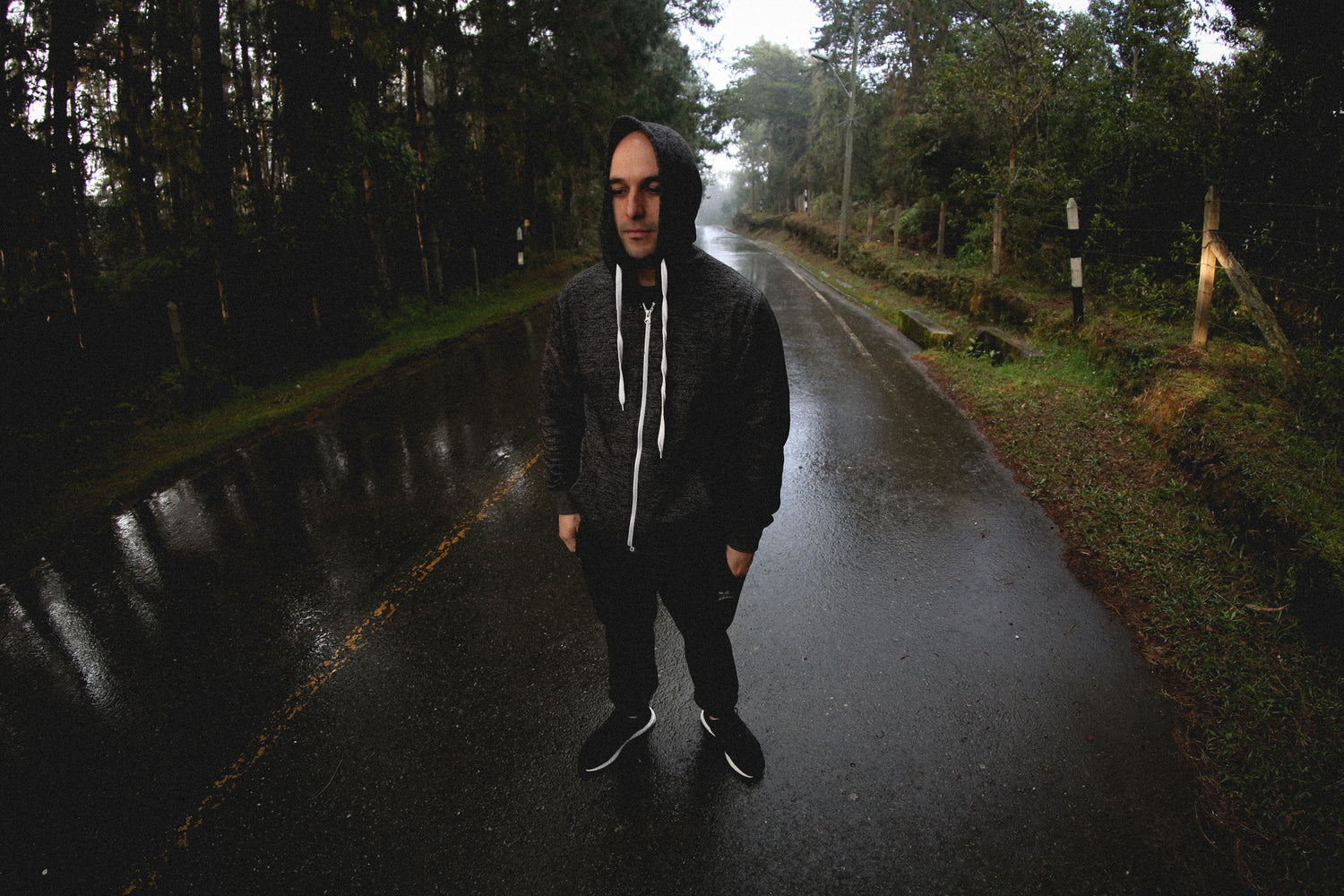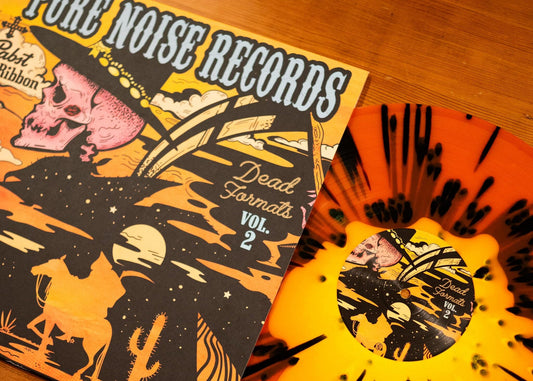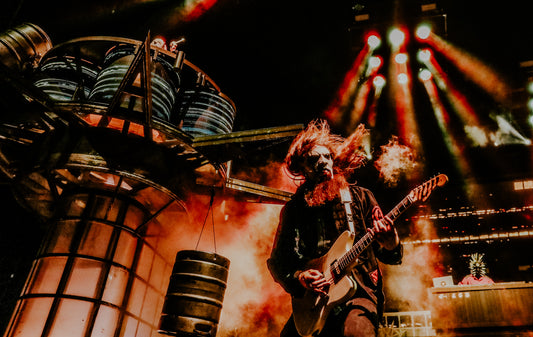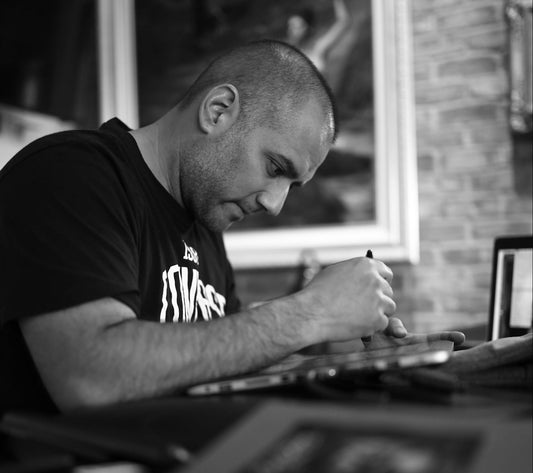Splitting his time between touring gigs, studio sessions, and late nights traversing the streets of Los Angeles, photographer Clemente Ruiz has learned to operate in silence. Opting to capture the spectacle and not become it, his photography has earn the approval of the likes of Deftones, System of a Down, Omar Rodriguez-Lopez, Travis Barker, and many more.
As a drummer himself, Ruiz helms the skins for L.A. punk contingent, La Resistencia. His Lynwood-based, DIY roots have allowed the renaissance man the ability to understand how to shoot music to capture the moment.
The desire to capture the moment is what has prompted Ruiz to continue his photography outside of the creative confines of music. Among the photographers more poignant photos, Ruiz's recent chronicling of the protests against police brutality and ongoing civil rights efforts are a prime example of how important the art form is. For Ruiz, each frame can capture history and that is always in focus.
Do you recall the moment you knew you wanted to pursue photography as an artist? Playing in DIY punk rock bands you have to do everything yourself. That’s kind of how I got into taking photos. I never wanted to do this as a job. I just always felt the need to document everything we did. Even today, I work as a photographer but I never thought of myself as a photographer. However, I have been able to meet all of my heroes in doing this. Not even just meet them but friend them. It’s four in the morning and I’m sharing memes with some of my heroes.

What kinds of sacrifice have you had to make to get to where you are? I never been able to have the normal rhythm that all of my friends have had. Going to college and getting a job and having a family. I can’t see myself ever having a normal 9 to 5 but I can’t imagine myself working for someone else. I do see not having a normal life as a sacrifice. There’s also the issue of job security. No matter how successful you might look, you never really feel like you have complete job security. The biggest sacrifice though has been not being able to spend time with family because you are always on the road or working late nights.

Who do you look towards for inspiration? I like Mike Miller’s work from the 90’s. I really looked to him and everything he did for rap music. He had a way of capturing people in the realest state. If it wasn’t for him, no one would’ve ever known that Easy-E was a fan of skateboarding. He didn’t need to church anything up. He did an amazing job of capturing history, capturing moments in time that would make people understand the importance of that era. I also have always admired Ted Soqui. His ability to capture and translate L.A. culture and history through his photos is something people try to do and can’t.

What do you hope people will take away from your images? I don’t ever want to shoot from the pit looking up at musicians. There’s plenty of that. I want to be able to put this in the history books and people won’t see a pretty picture of a musician holding a microphone as something historic. My goal is to capture the bigger picture as a whole, to get the entire situation in a photo from the artists’ perspective or from the fans’ perspective, but all of it.

How has music influenced who you are as an artist? I grew up as a musician. As a drummer, you understand the downbeat and how rhythm is everything. Having that background gives me a unique advantage because I’m able to stay in rhythm with the show. When you are able to find that rhythm you have a better chance of getting the right lighting, the right energy, the right moment in a photo. All kinds of music influences me but the energy of music is what helps me to be a better photographer.

You recently started chronicling the civil unrest in the greater Los Angeles area. Why? I remember being on the roof of my house during the 92 riots and being surrounded by fires. I wasn’t old enough to understand it then but that changed me. That time in history was something that needs to be understood. That’s why photographers like Ted Soqui were important because they managed to capture history. The protests and the marches happening everywhere should be stories that are retold. I want to share these photos and remind people how important this time was. I play it safe and try to be discreet but I don’t really think about my safety when so much around me is happening. When you see 50 officers in riot gear coming down a residential street, how could you not want to capture that? You’ll never see that again in your lifetime. My motive is always to capture something that is valuable. I’m not trying to hustle my photos. I want to know that the photos I have tell a story. Even if the photos don’t get out, I know I have them.








